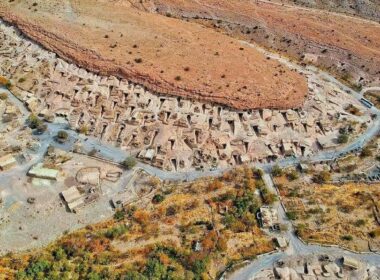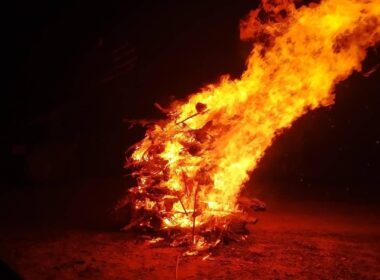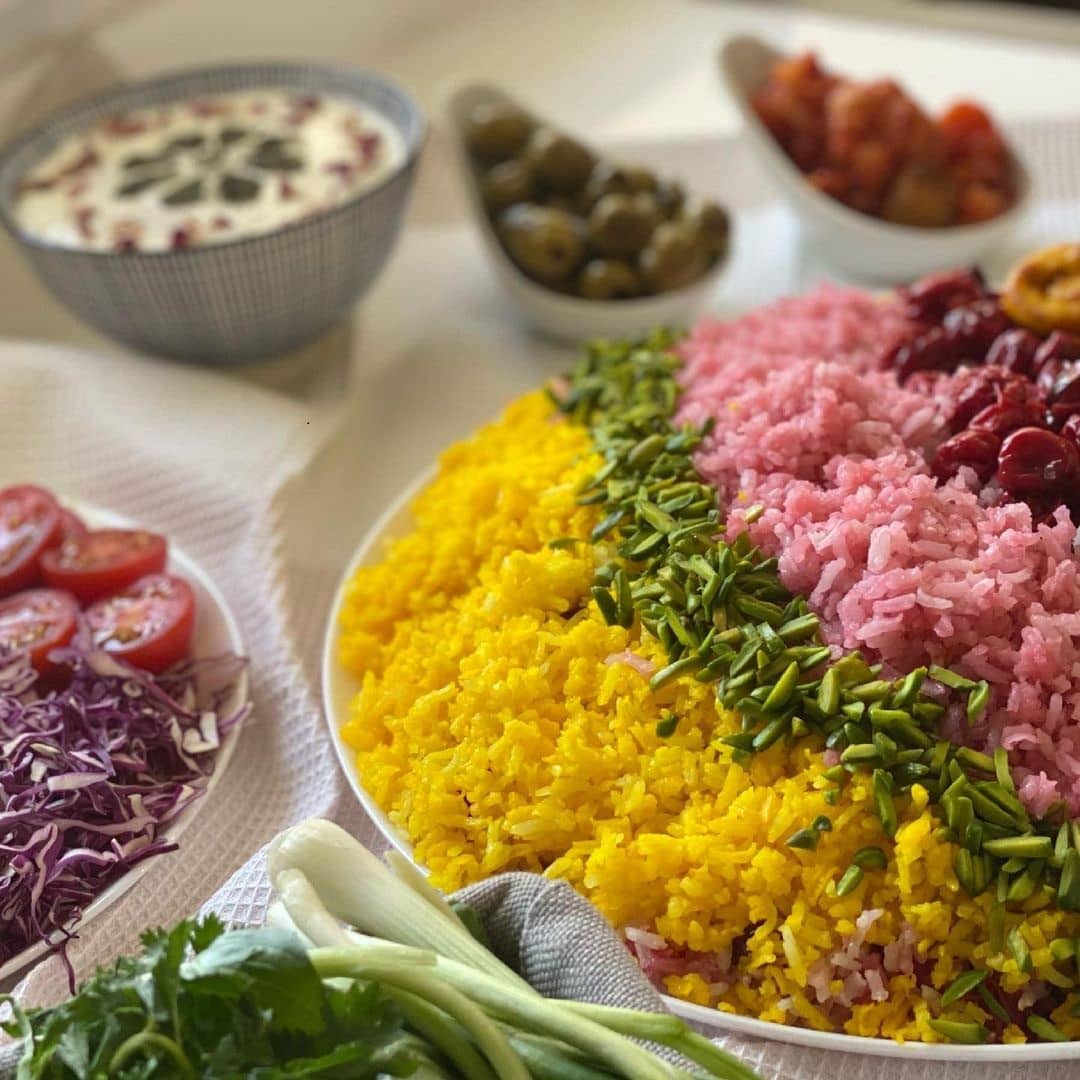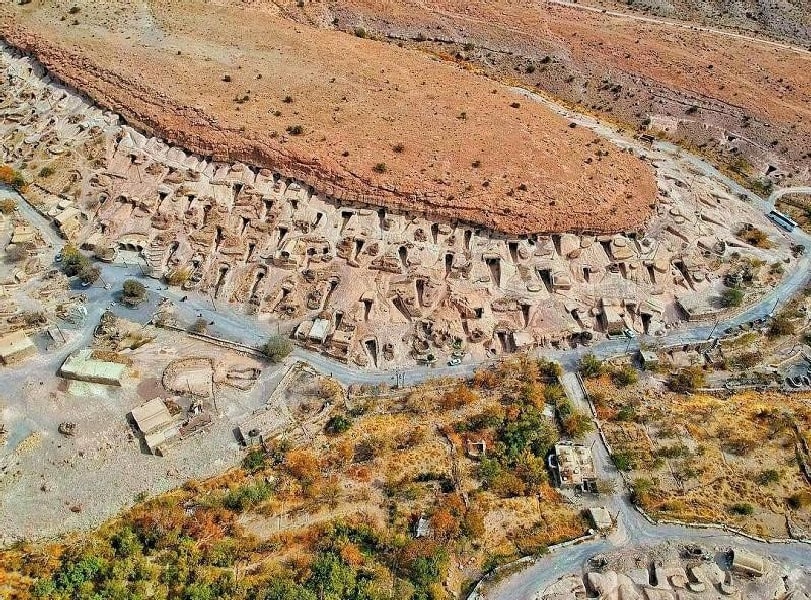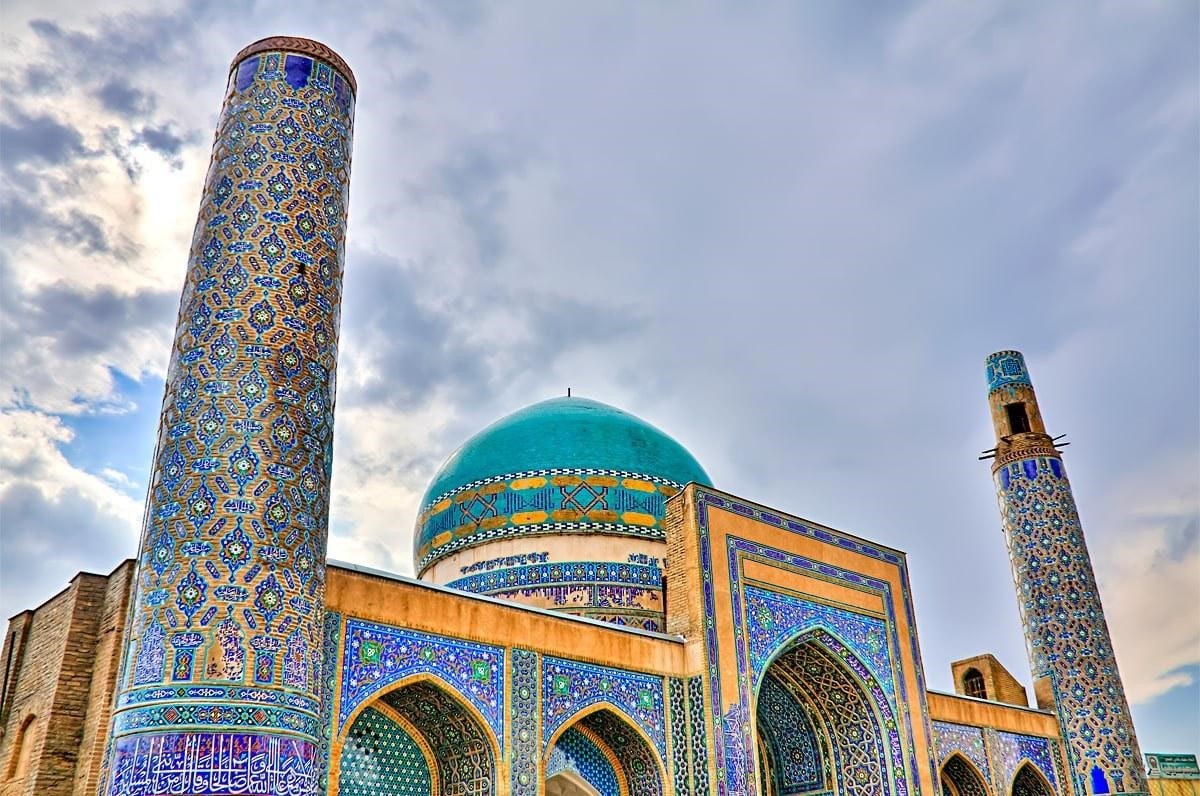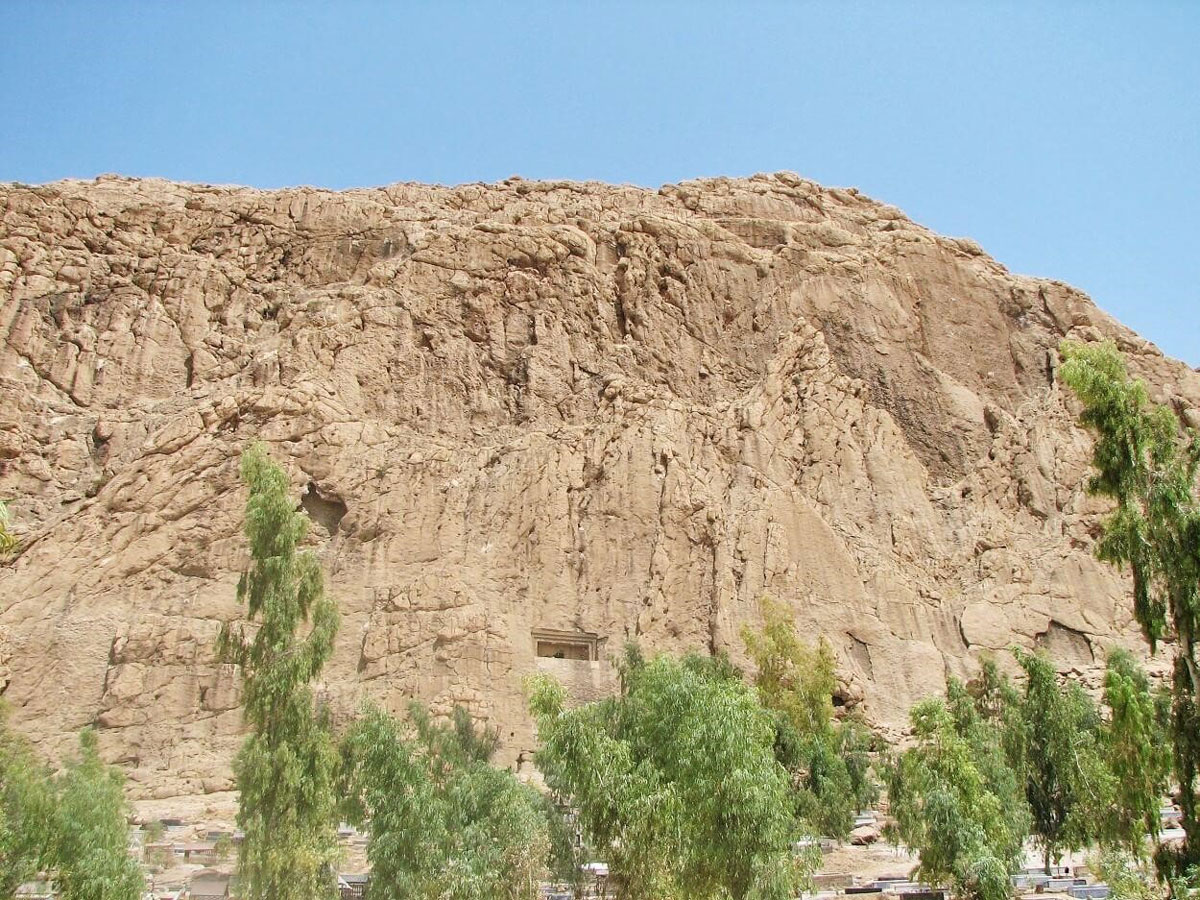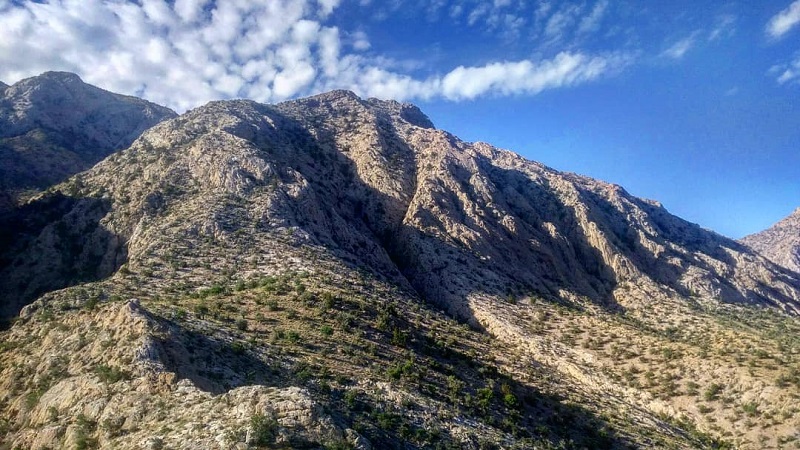
Khabr National Park is a protected area in Baft County, Kerman Province, Iran. The park has an area of about 12,000 hectares. Inside the Khabr National Park, there are five wildlife refuges called Ruchun (Ruchan). The total area of Khabr National Park and Ruchan Wildlife Refuge is 150,000 hectares.
This area has high biodiversity, which is due to the high altitudes, numerous plains, and diverse watersheds. Groundwater is the main resource supplying the water of the park.
History of Khabr National Park
Khabr National Park gained the title of “protected area” in 1971. In 1975, Iran has added more sections to the park. It was in the same year that the area was entitled “Khabr & Ruchan Wildlife Refuge”. UNESCO inscribed the area as a Cultural Tourism Attraction in 1991. In addition, most of the area changed into a national park. Khabr National Park has a variety of landscapes, habitats, wildlife, and vegetation.
Flora of Khabr National Park
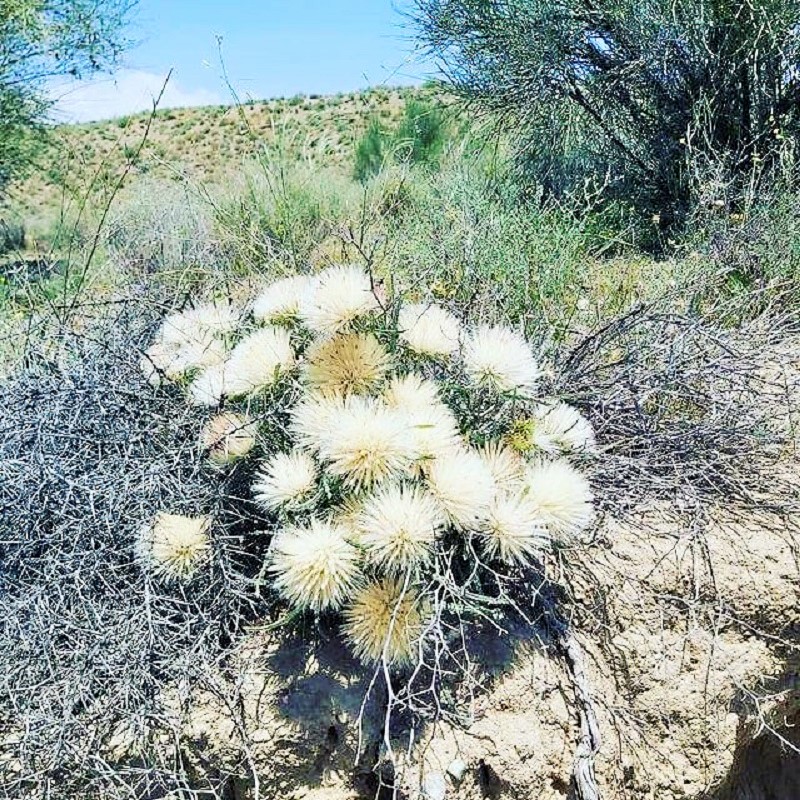
The climate of Khabr National Park and Ruchan Wildlife Refuge is mostly temperate, in some parts subtropical and tropical. High mountains alongside the flat and low plains are a feature of the region. The area has also dry, rocky and impassable mountains, valleys, ridges, mountainous forests, plains, and steppes.
Three types of cold, temperate and tropical climates in the park have led to the formation of different ecological systems. There are about 750 plant species identified in the area. The park had suffered drought for several years. However, vegetation and animal life were well resilient during drought.
There are four main habitats within the boundaries of the Khabr National Park and the Ruchan Wildlife Refuge. These habitats include the cold plain, cold highland, temperate part, tropical plain and subtropical highland.
Fauna of Khabr National Park
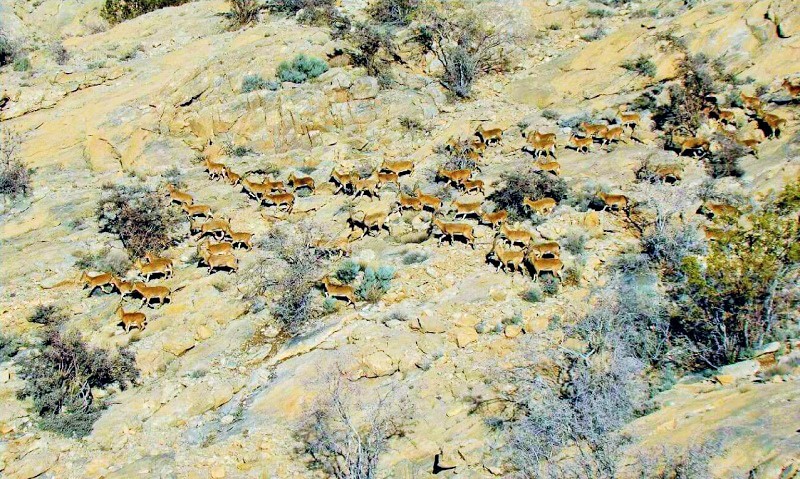
The fauna of Khabr National Park and Ruchan Wildlife Refuge consists of five main sections and more than thirty subsections. Here, we introduce briefly these sections:
- First Section: south of Mahmoudabad village
- Second Section: north of Deh-e Sard Village
- Third Section: west of Kheyrabad Village
- Fourth Section: north of Orzueeyeh City
- Fifth Section: Ruchan Village
Currently, the area has 34 species of mammals, 7 species of migratory birds, 85 species of native birds and 31 species of reptiles. In addition, Khabr National Park and Ruchan Wildlife Refuge complex are one of the few areas in Iran where the honey badger lives.
The honey badger is one of the rare animals in Iran and the world. Other important species of animals are urials, wild goats, chinkaras and leopards.
Introduction of the Destructive Factors of the National Park
The destructive factors of Khabr National Park are:
- Usage change and livestock grazing, degradation of wildlife habitats, visit of tourists and setting fires, illegal hunting, lack of attention to the hygiene of the park, and lack of participation of local people in the protection of the area.
However, the habitat of Khabr Mountains, Daq-e Alijan Water Basin, and Zanjir-e Aviz are among the best habitats in the park.
The Importance of Preserving Khabr National Park & Ruchan Wildlife Refuge
Sustainable development requires that some of the lands of the Earth to be abandoned as the protected areas. Due to the growing population of the world, these areas are the natural and cultural heritage of the world. These areas guarantee the ecological balance of human societies.
On the other hand, the conservation of protected areas is particularly costly for developing countries. Many countries promote tourism in their national parks to make up the costs. This increases the desire of people for peace, solitude, and contact with nature and makes them acquainted with natural heritages.
Comparison with Similar Attractions
Here we compare this national park and its wildlife refuge (Ruchan) with other natural attractions that are similar:
Golestan National Park or Golestan Forest
This area is located on the east of Golestan Province and west of North Khorasan Province. It is the oldest national park in Iran inscribed as a natural heritage. Golestan Forest is also a refuge for wildlife. There are 1350 plant species and 302 animal species. Golestan National Park has an area of about 900 km2.
National Park of Lake Urmia
This protected area is located between East Azerbaijan and West Azerbaijan provinces. The National Park of Lake Urmia covers an area of 464,056 hectares. The lake has 102 islands, large and small, covering an area of 33,486 hectares.
Kantal National Park
This region has an area of 7,000 hectares. It is located in East Azarbaijan Province as part of Kiamaki Wildlife Refuge.
Kolah Qazi National Park
It is a national park in Isfahan Province. It has an area of about 47,142 hectares. The park has a variety of fauna and flora. There are no human settlements inside Kolah Qazi National Park and Wildlife Refuge. This area was a royal hunting ground during the Safavid and Qajar periods.
Qamishloo National Park and Wildlife Refuge
This area is located in the northwest of Najaf Abad (45 km northwest of Isfahan, 5 km north of Tiran City). It covers an area of 29,886 hectares and the wildlife refuge is 83,888 hectares. Qamishloo National Park is the oldest protected area in the world.
Arasbaran or Qareh Daq Protected Area
Arasbaran Mountainous area is located in the north of Eastern Azerbaijan Province of Iran. It is situated among the Caspian region, Caucasian, and Mediterranean areas. From the geographical point of view, this area is at the Iranian border adjacent to the country of Azerbaijan and Armenia covering a large area of approximately 125225 hectares. Today, Arasbaran Biosphere Reserve is inscribed on UNESCO’s list.
Nayband National Park
This area is located in Bushehr Province, Assaluyeh City, on the Persian Gulf coast. Nayband National Park is inscribed as the first Iranian National Marine Park and has an area of 19,500 hectares. This area is located 320 km southeast of Bushehr Port.
Nakhiloo National Park (Dayyer-Nakhiloo)
This area is located in Dayyer City of Bushehr Province. Its area is 20,000 hectares. Nakhiloo National Park is known as the Paradise of Iranian Birds. The park is a convenient and quiet place for egg-laying birds and turtles in the Persian Gulf.
Khojir National Park
It is a protected park in eastern Tehran. It covers an area of about 10,013 hectares. This area was a royal hunting ground about 200 years ago.
Sorkheh Hesar National Park
This national park is located east of Tehran. Its area is about 9,168 hectares. Sorkheh Hesar is one of the oldest hunting grounds in Iran. During the Qajar period, Iranians paid special attention to this area.
Lar National Park
The park has high and aquatic mountain ecosystems. This area is located in central Alborz near the southwestern slope of Damavand and on the border of Tehran and Mazandaran provinces.
Tang-e Sayad National Park
This area is located near Shahrekord City in Chahar Mahal-o-Bakhtiari Province. It has an area of about 27,000 hectares. Tang-e Sayad is the 13th World Heritage Site protected by UNESCO.
Tandoureh National Park
This park is located in the northeast of Iran, near Turkmenistan. The area has deep, steep valleys and ridges. It is also one of the best wildlife refuges, especially for the urials.
Saluk National Park
The park is located in the northwest of Esfarayen, in North Khorasan Province. It also has a favorable diversity in plant and animal species.
Sarigol National Park
This area is located northeast of Esfarayen City, North Khorasan Province. There are various habitats with high and cold mountains, temperate ridges, and plains in the area. Sarigol Protected Area is about 22,000 hectares and its national park is about 7,037 hectares.
Dez National Park
This park is located in the north of Khuzestan Province, near Shush City. The area of Dez Protected Area is 17,895 hectares. There are rich wildlife, diverse vegetation, and rivers, lagoons, etc. in the area.
Karkheh National Park
The park is located 5 kilometers west of Andimeshk to Ahvaz road, in Shoosh County. The last remnants of the Persian fallow deer are in the park.
Turan or Kharturan Protected Area
The park has three protected areas. The National Park (8%), the Wildlife Refuge (17%), and the Protected Area (75%) constitute the total area of the region. Kharturan is known as “Africa of Iran”. Turan Biosphere Reserve, with an area of 1,470,640 hectares, is the largest biosphere reserve in Iran.
It is the second largest biosphere reserve in the world after Serengeti, in Tanzania, Africa.
Kavir National Park
This area is one of the largest and oldest protected areas in Iran. Kavir National park covers an area of about 670,000 hectares (6,700 km2).
Bakhtegan National Park
This area is located in Neyriz City, in Fars Province. It has an area of 160,000 hectares.
Bamu National Park
This park is located in Fars Province, 10 km away from Shiraz. Bamu National Park covers an area of 48,000 hectares and is one of the four natural areas in Fars Province.
Qatruyeh National Park
This park is the main habitat of Persian zebra. In this park of 58,000 hectares, there are 350 identified and protected Persian wild asses. Qatruyeh National Park is located 300 kilometers east of Shiraz, in Neyriz city, Fars Province.
Bujaq National Park
This park is located in Bandar-e Kiashahr in Gilan Province. It has an area of about 3,260 hectares.
Paband National Park
The park covers an area of 26,597 hectares. It is located the south of Neka and Behshahr counties and the northwest of Damghan County. A thousand acres of the protected area is located next to the Paband National Park.
Kiasar National Park
The park is located 10 kilometers south of Kiasar City and north of Dodangeh and Chahardangeh Wildlife Refuge. It has an area of 7,312 hectares and is located near Sari City.
Siah Kooh National Park
The park has an area of about 200,000 hectares. It covers parts of Isfahan and Yazd provinces. The area consists of mountainous and sandy plains.
Potential of Ecotourism in Iran
As you have noticed reviewing the list above, Iran is a rich country as far as its natural heritage is concerned. So, there is a high potential for nature-based tours. Considering Khabr National Park and Ruchan Wildlife Refuge and similar attractions in Iran, we hope there will be the required education and the following monitoring in form of responsible tourism in place before such tourism picks up in Iran.
As many of these Iranian national parks are globally known and recognized, international travelers are particularly interested in nature-based tourism in Iran. They like to visit such attractions as the Khabr National Park and Ruchan Wildlife Refuge and similar spots.


